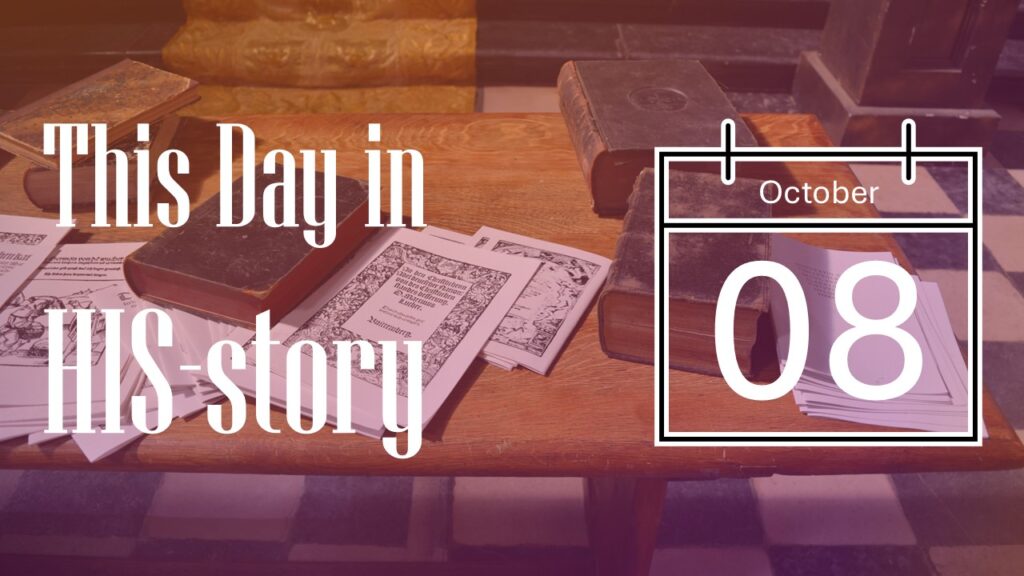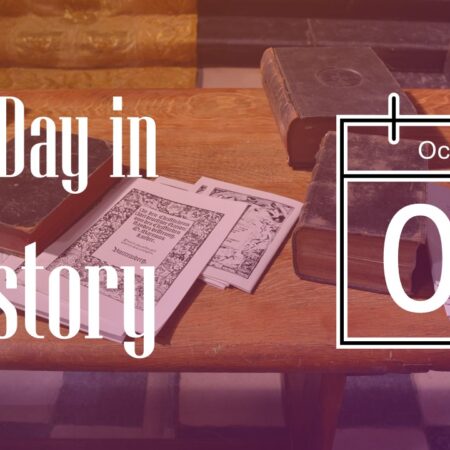
451
When Jesus asked his disciples, “Who do people say that I am?” he received a multitude of answers. Some said he was John the Baptist, some said he was Elijah or Jeremiah or another one of the prophets. The disciple Peter came up with the correct answer when he said, “You are the Christ, the Son of the living God.” The early Christians accepted Peter’s confession, but they had many different ideas of exactly what it meant for Jesus to be the Christ. What was Jesus’ real nature and person like? How was he related to God and to the Father? To what degree was he truly human? There were many debates over these issues in the fourth through the sixth centuries of the church.
When Constantine became emperor of the Roman Empire and made Christianity a legal religion, he believed unity of the Church was important to the political strength of the empire. So, in 325 he called a Council at Nicea to settle disputes over the nature of Christ. The council issued the Nicene Creed, agreeing that Christ was both man and God and that as the Son of God he had the same divine nature as the Father.
Once it was accepted that Jesus was both fully God and fully man, debates began to rage over how Christ’s deity was related to his humanity. One group, the Apollinarians, said the divine Word of Christ took the place of Jesus’ human mind and will so that his divine nature was always predominant. Others argued back that if Jesus did not have a human mind and will he could not be fully human. Yet another group argued that at the incarnation the divine and human were so combined in the person of Christ as to produce a new, unique individual. Others again thought that the divine and human natures of Jesus were kept so separate that it was almost like he was two persons. Very often each conflicting group became associated with a particular city – Antioch, Alexandria, Rome, Constantinople, so that political rivalry became entangled in theological debate.
In July, 450, Emperor Theodosius died from a fall off his horse and his brother-in-law Marcian ascended the imperial throne. Spurred by his wife, the Empress Pulcheria, one of Marcian’s first acts was to call a church council to deal with some of these religious problems. He hoped for religious unity as a support to the political unity of the empire — a political unity to face the growing military threat from the east.
On this day, October 8, 451, the largest of all church councils opened at Chalcedon, near Constantinople (modern Istanbul). Five or six hundred bishops were present representing the many conflicting views found within the church. After much debate, on the 22nd of October, a Chalcedonian creed was adopted which re-affirmed the divine and human natures of Christ recognized at Nicea and further stated that the two natures of Christ were “without confusion, without conversion, without severance, and without division.” Jesus was affirmed as being both fully divine and human. His two natures were combined in one person without his becoming less divine or less human. The work Christ did was the work of his whole person, not of one nature or another. In that day Pope Leo stated the Chalcedonian position that in Christ the “lowliness of man and the majesty of God perfectly pervade one another…the two natures make only one person.”

Some of the Egyptian, Turkish and eastern Christians could not bring themselves to accept the Chalcedon Creed, but it has been accepted by the Roman Catholic, the Eastern Orthodox, and Protestant churches. The Chalcedon Creed is an important basic statement on the nature and person of Christ, but even this creed which has stood for centuries cannot fathom fully the wondrous depths and mystery of Christ’s person and nature.
1664
ON THIS DAY, 8 OCTOBER 1664, twenty-four-year-old Baptist pastor Benjamin Keach stood before Lord Chief Justice Hyde, a hostile magistrate, at the Aylesbury Assizes. Thomas Disney, a Church of England minister, had complained of Keach’s recent book, The Child’s Instructor; or, a New and Easy Primmer, alleging that it contained “schismaticall factions and hereticall matter.” Disney was sure that informing on Keach was an “acceptable service to God’s church.”

Hyde tried to find reasons to sentence Keach to death, but failed. The jury at first found Keach guilty only of misquoting a Scripture, but Hyde refused to accept that verdict and bullied them into finding the Baptist minister guilty of other charges. Historians suppose that the “heresy” consisted of rejection of infant baptism. (Baptists teach that the rite is only for those mature enough to confess belief in Christ.) The book’s contents cannot be ascertained, however, because the judge ordered all copies seized and burned. Not a copy has survived to our day.
Keach’s entire sentence was as follows, and was carried out in full, although the magistrates could not compel Keach to renounce a syllable of his belief.
Benjamin Keach, you are here convicted of writing and publishing a seditious and scandalous Book, for which the Court’s judgment is this, and the Court doth award, That you shall go to gaol for a fortnight, without bail or mainprise [surities]; and the next Saturday to stand upon the pillory at Ailsbury for the space of two hours, from eleven o’clock to one, with a paper upon your head with this inscription, For writing, printing and publishing a schismatical book, entitled, The Child’s Instructor, or a new and easy Primmer. And the next Thursday so stand in the same manner and for the same time in the market of Winslow; and there your book shall be openly burnt before your face by the common hangman, in disgrace to you and your doctrine. And you shall forfeit to the King’s Majesty the sum of £20 and shall remain in gaol until you find sureties for your good behaviour and appearance at the next assizes, there to renounce your doctrine, and to make such public submission as shall be enjoined you. Take him away, keeper!
Crowds often jeered pilloried malfactors and pelted the helpless victims with pebbles and other small objects. But in Keach’s case they listened with respect as he preached to them. Infuriated authorites ordered him to keep quiet and threatened to gag him. Perhaps it helped that his wife Jane Grove stood beside him while he was in the pillory.
Undeterred by the punishment he received at Aylesbury, Keach continued to preach Baptist doctrine and to write and publish, including new works to train children, books on holy living, a book on Baptist organization and discipline, allegories, and hymnbooks. He would be fined several times.
Typical of Keach’s teaching is this excerpt calling for a heart-changing faith from his book The Travels of True Godliness:
True Godliness consists in the light of supernatural truths and life of grace, God manifesting himself in the light of those glorious principles, and working the life of supernatural grace in the soul by the Holy Ghost. It consists in the saving and experimental knowledge of God and Jesus Christ; in having the evil qualities of the soul removed, and heavenly habits infused in their room; or in a gracious conformity, disposition, and affection of the heart to God, cleaving to all truths made known to us, finding the powerful influences of the gospel and spirit of Christ upon us, whereby our souls are brought into the image and likeness of his death and resurrection.
An advocate of hymn singing, Keach introduced the practice at Horselydown. Based on Mark 14:26 and Matthew 26:30, he felt Scripture warranted hymn singing after each observance of the Lord’s Supper. The congregation at Horselydown is thought to have been the first in England to adopt hymn singing. For many Christians, psalms alone were considered acceptable for worship, and a few of Keach’s members were so offended by his introduction of this novelty that they withdrew.
In 1689, Keach became so ill he appeared likely to die. Rev. Hansard Knollys prayed that God would spare his friend and grant him the same number of years he had given Hezekiah in a deadly illness (2 Kings 20). Remarkably, Keach recovered and lived fifteen more years, just as Hezekiah had.
